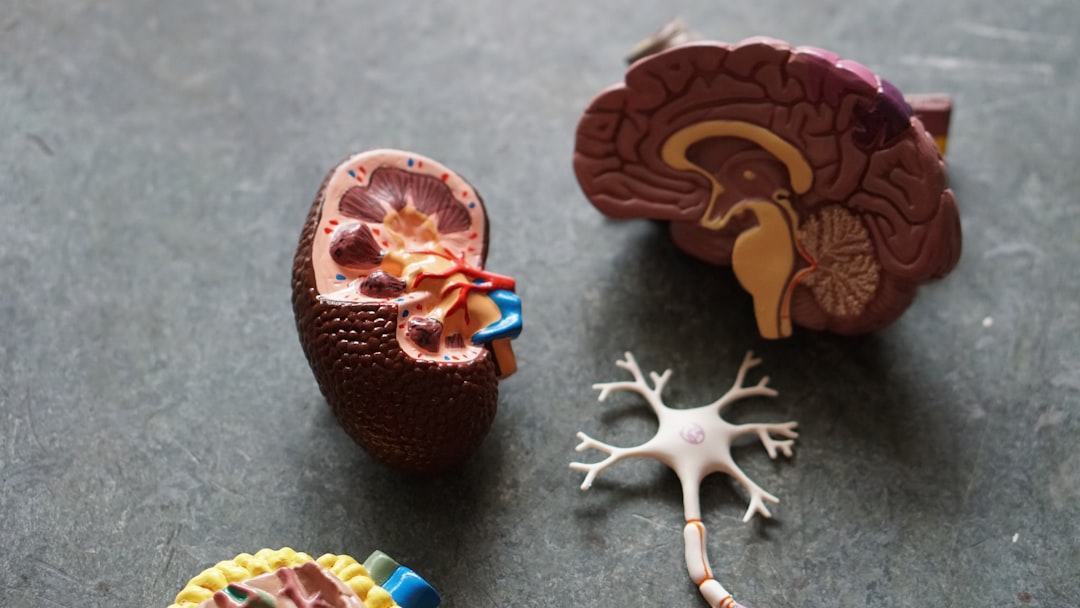What is it about?
The BAG3 gene is critical for the normal functioning of heart cells. Mutations in this gene can lead to dilated cardiomyopathy. Pathogenic variants in the BAG3 gene affect key protein domains (WW domain, IPV domain, BAG domain) but not the PXXP domain. Understanding these mutations helps in grasping the structure and function of BAG3.
Featured Image

Photo by Mayur Gala on Unsplash
Why is it important?
Knowledge of how BAG3 mutations contribute to heart disease helps in understanding the underlying mechanisms of cardiomyopathy. Insights into BAG3 mutations guide the development of targeted therapies, including gene therapy and small molecule treatments.
Perspectives
Transferring this knowledge from the laboratory to clinical settings promises improved treatments for heart failure. Understanding how genetic variants differ among populations could provide clues about evolutionary pressures related to heart disease.
Dr. Hui-Qi Qu
Children's Hospital of Philadelphia
Read the Original
This page is a summary of: Genetics of BAG3: A Paradigm for Developing Precision Therapies for Dilated Cardiomyopathies, Journal of the American Heart Association, December 2022, Wolters Kluwer Health,
DOI: 10.1161/jaha.122.027373.
You can read the full text:
Contributors
The following have contributed to this page










